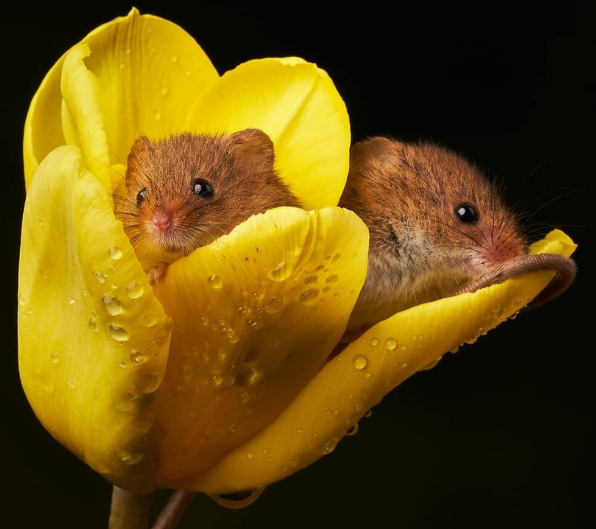“‘You’re gay!…and so am I’” (Amber, Dating Amber, 2020).
A lavender relationship, also sometimes referred to as a bearded couple, is when two people agree to date or marry under the false pretense that they are heterosexual. In reality, most bearded couples are one or two queer partners, from anywhere on the LGBTQ spectrum. The intent of this relationship is entirely to appear straight to the outside world, and often the parties have no romantic ties. As Mint Lounge explains, some people enter into these agreements knowingly, while for others this may be a long lasting secret.
In the Irish coming of age film, Dating Amber, high schoolers Amber and Eddie agree to “date” to end the constant verbal abuse of their classmates in regards to their sexualities (IMDB). The teens explore what it means to be queer in 1995, and the film follows the pair as they grow into their own shells. They eventually part ways, both stronger than when the relationship began. This film is a heartbreaking but poignant example of a bearded couple trying to escape social ridicule all while denying their sense of selves.
On top of the cinematic perspective of lavender relationships, there are also instances of these agreements in literature.
“…the both of them were never in the same room at the same time. It was sort of funny” (from Salinger’s The Catcher in the Rye, 1951). This quote from the beloved novel The Catcher in the Rye describes the main character observing his former teacher’s strange marriage. Within this, author J.D. Salinger hints that the unlikely couple may be involved in a bearded relationship.
As they are described in the novel the Antolini’s are a very odd couple. Mrs. Antolini is thought to be roughly 60 years older than her husband and the two are rarely seen together. Holden, the main character, also notes that when they are together and in public the pair kiss excessively. Given these quirks and a later scene where Holden suspects Mr. Antolini is making advances towards him, it is likely the couple represents a reciprocal lavender marriage.
In America, we saw these types of alliances rampantly spike during the golden age of old Hollywood films. History.com notes that powerful production studios at the time, like MGM, often pressured their stars to become quickly married and avoid scandalous rumors. Most studios even had “morality clauses” in their contracts that were created to dodge these types of rumors at all costs. “The clauses, first introduced by Universal Film Company, permitted the company to discontinue actors’ salaries ‘if they forfeit the respect of the public’”
With studios breathing down the necks of stars, many screen regulars entered into these suspected lavender marriages, and most did not lead to happiness.
A well known example of this is the six year marriage of Judy Garland and Vincente Minnelli, which is still under speculation today. Garland met Minnelli at the young age of 23 on the set of Meet Me In St. Louis where the 41 year old was directing (People.com).
Before his Hollywood career took off Minnelli lived as an openly gay man in New York, however, the restraints of the “morality clauses’ ‘ in Hollywood pressured him back into the closet. It’s crucial to understand that as Minnelli gained fame his personal life became very exposed, as is often the case with celebrities. Being queer at the time would not have been well received by the public. So, in order to maintain stable work, the two married and even had one child; their daughter being the well known screen and stage star Liza Minelli.
During their marriage both Garland and Minnelli are rumored to have had affairs leading to much unhappiness for the two. While Garland is thought to have been aware of her husband’s flamboyant past and male preferences she still did not react lightly to catching him in multiple homosexual encounters (Advocate). The couple also worked together on the film The Pirate where she accused Minelli of having romantic feelings for her co-star Gene Kelly, and showing favor to him over her. Advocate claims that Garland threatened suicide after such experiences.
In 1951, they divorced and 73 years later their relationship is still subject to many rumors. That said, while the overall fling appears messy, Garland has been quoted as advising her daughter to marry a gay man as they make the “best husbands” (History Defined).
Other noteworthy, rumored and confirmed, bearded couples of the time were Danny Kaye and piano accompanist Sylvia Fine, Rock Hudson and secretary Phyllis Gates, and film stars Barbara Stanwyck and Robert Taylor (History Daily).
While there were many cases of these marriages and relationships in the past, lavender couples still exist today, all over the world. In the U.S. legislation in regards to same sex couples has drastically changed within the last 21 years, first with the last case of decriminalization in 2003 and then with the legalization of gay marriage in 2015. What has followed has been a significant decrease in the stigma surrounding same sex relationships. Queer couples of course still face struggle today, but the band width of social acceptance has increased generally. That said, this is not the case in many other facets of the world.
As TheSwaddle.com explains, in India many traditionally heteronormative values are still prized today and do not create a safe space for queer relationships. Same-sex relationships were only recently decriminalized in the country with a Supreme Court decision in 2018 (Amnesty International). Then, in 2023, the right to marriage was debated among the Supreme Court, and was still not legalized.
TheSwaddle.com takes all of this into account as it considers why lavender marriages are still popular in India today. In an interview with 23 year old Anjana she explains that while she is bisexual and carefree in nature, she would rather hide aspects of her personality from her family then face their backlash. “‘…Constant comparisons to their idealized version of me, and the shame of not being able to be that person — just makes it difficult to live.’”
With this in consideration, many people like Anjana might choose to keep their sexuality private and instead enter into lavender marriages. This possibility was brought up to the court by senior advocate Saurabh Kirpal during the 2023 Supreme Court hearing, “‘If non-heterosexual [people] are prevented from marrying, what happens? In our society, lavender marriages would occur. Two lives would be ruined.’”
As aforementioned many of these relationships are not positive experiences for those involved. Often they lead to divorce and sometimes unsanctioned marital affairs. While two queer individuals agreeing to marry may be more comfortable, within certain guidelines, if one partner is unaware of the other’s sexual and romantic preferences this can lead to a world of pain later on. The stress of a double life can also become difficult to entertain, constantly having to display unreal affections for one another.
While this is an ongoing difficulty for many there is hope still out there. 130 countries have decriminalized homosexuality to date according to the HumanDignityTrust and 35 have legalized gay marriage says the HumanRightsCampaign. These numbers may seem small but progress should not be looked down upon, as the future comes closer we can hope to approach an equal and equitable society for all.





